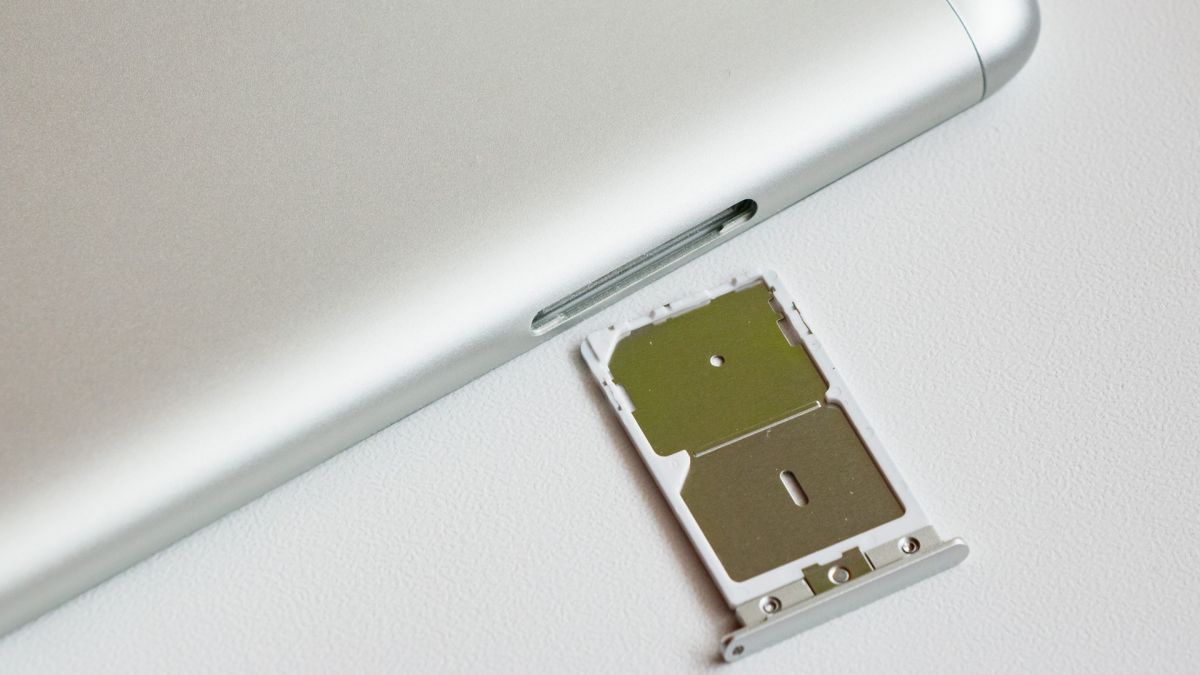
Everyone wants more storage on their phone, but the cost seems too high. Apple is constantly lambasted for not having expandable memory ports in its iPhones – but now that we have a 256GB iPhone, and access to reams of cloud storage, do we really need it?
For some the extra space is a safety net; for others it’s a media storage centre that enables them to hold masses of music, movies and photos. You can only consume so much media though – and with streaming so widely available, do you really need everything on your phone at all times?
Now that most top-end Android phones offer a microSD slot the debate still rages: is it better to have expandable memory, or pay the extra money to jump up and have the security of internal memory?
The problems with external storage
Design has been an issue when it comes to external memory, with more premium-looking handsets aiming for unibody designs, which has made putting microSD slots in more difficult.
However, more recently manufacturers have been able to create unibody handsets that also feature microSD expansion. The Samsung Galaxy S7, for example, features a strong metal and glass build, and waterproofing, and yet still offers a SIM card slot that doubles as a microSD holder.
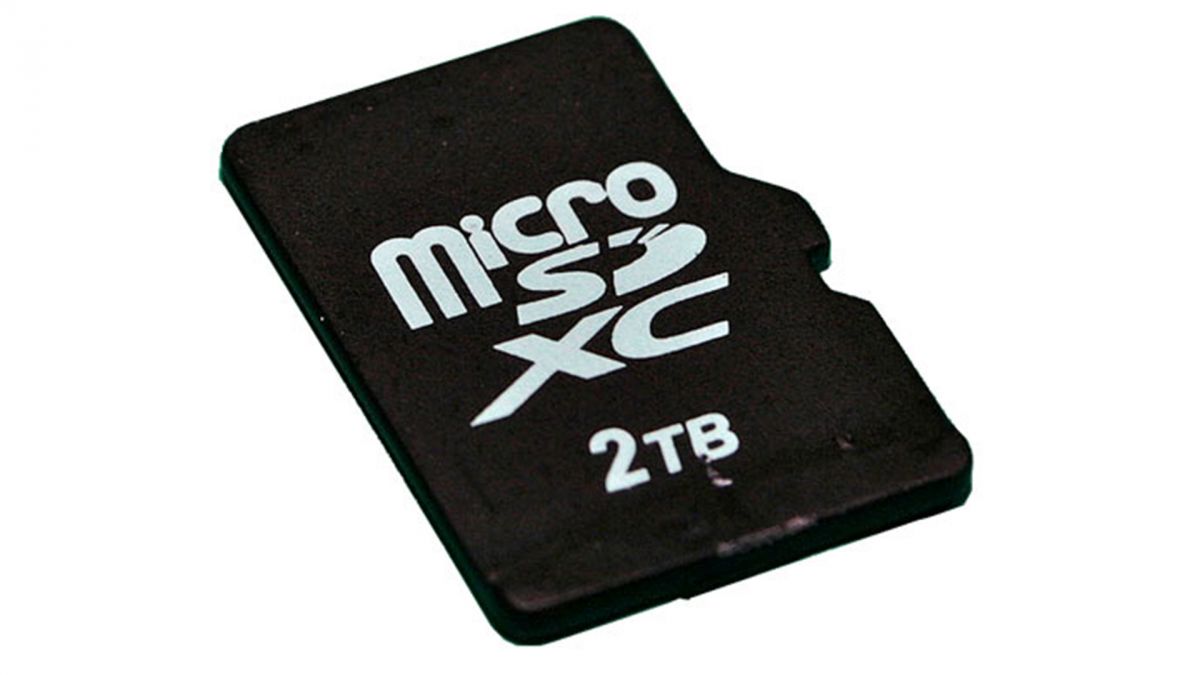
Speed is also an issue. Cheap memory cards in particular just don’t perform as well as internal memory, with one study, carried out by Hyojun Kim at the Georgia Institute of Technology, showing that using a microSD card in your phone can cause it to become sluggish, with even basic tasks like web browsing suffering as a result.
Overall performance can often drop by between 100% and 300% – and in one case the study found that there was an incredible 2,000% decrease in performance.
Even at the lower end that’s a massive loss in performance, and an unacceptable trade-off for some extra storage.
The good news is that, thanks to the demands of users like GoPro fanatics, who want to be able to instantly swap cards in and out while recording high–quality content, the newest microSD cards are comparable in speed and performance to internal memory.
Ruben Dennenwaldt, Senior Manager, Product Marketing EMEA at SanDisk, told TechRadar: “Our microSD cards [now] go up to transfer speeds of 275MB/s – that’s much faster than usual embedded storage.”
More recent iPhones have speeds nearer to the 200MB/s mark – while that would suggest memory cards are actually faster than internal memory, the way the memory card is read and cached can also be factors, so in reality there’s very little difference in speed in real-world usage.
There’s another issue coming though: as storage sizes increase, speeds need to get faster.
Looking ahead, Dennenwaldt makes a telling statement: “We can’t comment on our future roadmap, but demand for memory is ever-evolving, and files [keep getting] bigger with new technologies like VR, 4K, 6K and even 8K coming.”
Then there’s the issue of how much the two kinds of memory cost – or, more precisely, the perception of it. Many see internal storage as being far too expensive compared to the cost of just buying a larger microSD card.
For instance, the iPhone 6S is offered in 16GB, 64GB and 128GB sizes – the cost difference between the models can be up to 10 times the price of buying the equivalent memory card.
What isn’t taken into account with that stat, of course, is that internal memory is higher-quality, faster to use, and generally more stable, as it’s part of the phone’s core operating system.
The same can’t generally be said of expandable memory. Giving a talk at Chaos Compute Club Congress, hardware hacker Andrew Huang said: “Flash memory is really cheap. So cheap, in fact, that it’s too good to be true.
“In reality, all flash memory is riddled with defects – without exception.”
Nonetheless, if given the option to buy an entry-level phone and upgrade it with aftermarket memory, many would choose it – especially if they weren’t using their phone for the kinds of things that would tax a microSD card regularly.
Adoptable storage
A feature that was introduced with Android 6.0 Marshmallow – adoptable storage – could provide the perfect solution, at least for Google OS-powered phones. Where previously there was a clear separation between internal and external storage, the two are now effectively one and the same.
Adoptable storage essentially formats your microSD card so that it adopts the same structure and permissions as the phone’s internal storage, effectively absorbing it into the internal memory.
The key benefits of this are the improved speeds with which the phone can read and write to the card, and the facility to install large apps on it – something that’s not possible when the phone ‘sees’ the card as external memory.
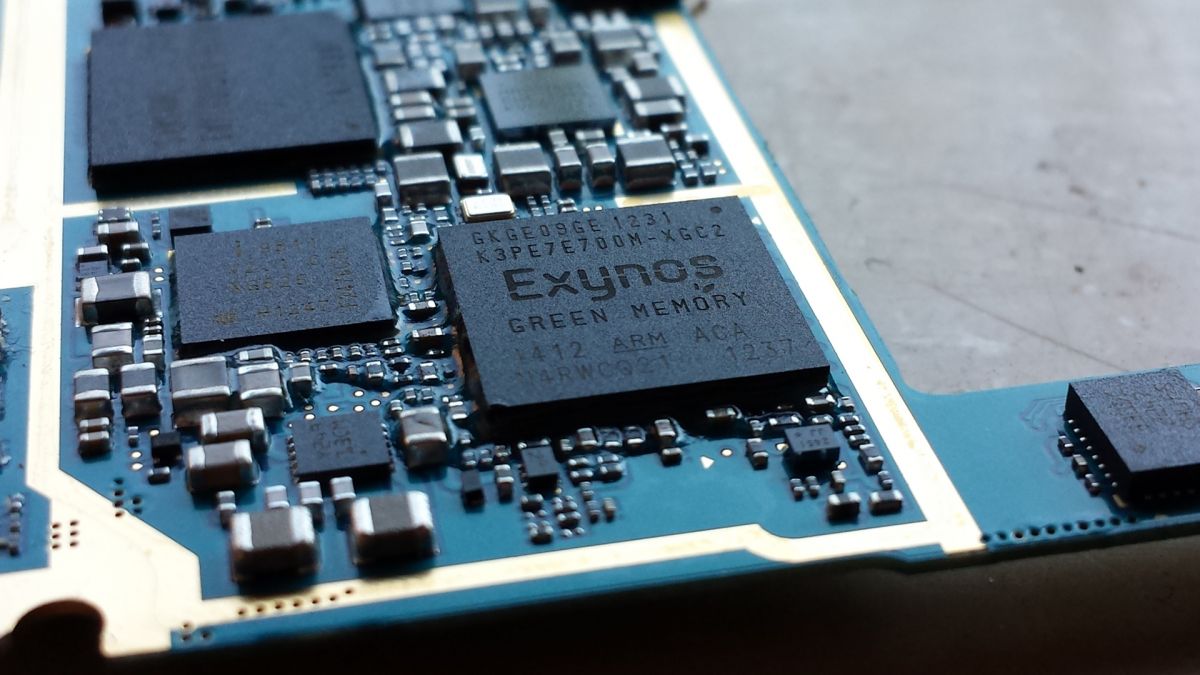
This means you can expand the storage capacity of your phone easily – and for a lower cost than buying a larger-capacity handset.
Another advantage of adoptable storage is security. The card can be formatted to only work in the handset it was set up in, so if the card were to be stolen or cloned it shouldn’t work in another device, meaning your data couldn’t be accessed.
However, this is a fairly niche scenario, and would only be an issue if you regularly took the memory card out of your phone and put it back in – something that’s not recommended when using adoptable storage, as it can remove files key to the phone’s operation.
While adoptable storage sounds like the ultimate solution, there’s a reason that manufacturers are wary of adding it in as a feature, even if their phones are running Android 6.
If a card isn’t high-enough quality it can’t be embedded as internal storage, due to the slower access speeds it can achieve – a phone needs memory that can operate at a certain level, otherwise it would struggle to open and close apps and perform other tasks.
Manufacturers are coming around though. While Samsung refused to include adoptable storage in its Galaxy S7 and S7 Edge phones earlier this year, it’s now decided that the feature is robust enough – or maybe it’s realised that users have become more savvy – to offer the option in the recent Galaxy Note 7, suggesting it could become a standard feature in future handsets.
The cloud is the future
The thing that could make the issue of where you store your data on the phone moot is cloud storage. Storing your precious photos, music and other files in an online server is now easier than ever – there are plenty of free or cheap options available, all of which are backed up instantly and without prompting.
The only problem comes when you need your stuff but don’t have the right connection. As SanDisk’s Dennenwaldt says: “The main demand for storage comes from user-created content.
“Have you ever tried to record something in 4K directly to the cloud? Or save something to the cloud where there’s no coverage?

He adds: “Local storage and cloud can work together to address the growing user demand for storage.”
Storing 4K video locally on a removable microSD card allows for instant saving, quick editing and the ability to swap out for more memory.
Backing that up to the cloud means that even if a card is lost or damaged you still have a way of getting your data back – but that doesn’t really help to answer the question of whether we still need memory cards or not.
An expanded view
One thing is certain: we don’t need expandable memory in the way we used to. Online streaming and pervasive connections mean we can watch TV and movies wherever we want, just by grabbing them from the internet.
Meanwhile, rapidly increasing base levels of internal storage in phones mean the days of running out of space after taking just a few photos are long gone too.
But there’s still one thing that consumers crave: confidence in their device. There’s something visceral about knowing that your content – and perhaps your whole digital identity – is stored locally, and can be removed when you need it.
That’s why there’s still a market for Lightning port drives that can copy data from your iPhone and store it externally – it’s cumbersome, but it offers security and reassurance.
Android’s introduction of adoptable storage, meanwhile, will certainly make microSD expansion more desirable for both consumers and manufacturers.
It offers convenience and flexibility for users, and allows manufacturers to put lower amounts of internal storage in the base models of their phones, leaving the buyer to decide how much capacity they want to add.
Major brands like Samsung including expansion ports in solid state builds makes for an appealing alternative to Apple’s closed iPhone design – whether or not it’s needed isn’t really the question.
There’s no doubt that as connectivity becomes more dependable and omnipresent, the desire for greater amounts of expandable memory in phones will diminish, with gigabit Wi-Fi giving you masses of ‘expanded’ memory that’s as accessible as a memory card.
But right now the memory card is still a crucial part of daily life for many Android users, bringing a degree of convenience and confidence to their phone purchase – and even many iPhone users are secretly wishing they could do the same.
Source: techradar.com








































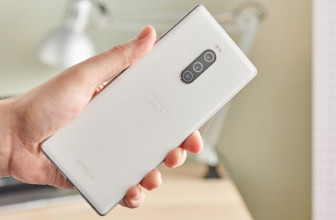
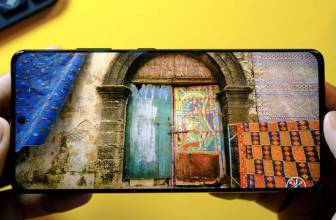
The Micro SD is back on the back of consumer demand so its pretty bloody obvious that A. yes its needed/wanted. B. not going anywhere anytime soon.
Most people I think would agree that adoptable storage has improved the technology to a very acceptable level of cost vs performance.
Cloud storage is great and all but I prefer my music on the phone so I don't need a connection to play my music.
It seems this option is in the process of being phased out though as I am unable to find a good music downloading client. Its obviously preferable from the companies point of view that you stream thus using data and enduring Ad's
Luke said that internal memory is higher-quality, faster to use, and generally more stable, as it's part of the phone's core operating system but don't think is worth up to 10 times more than external memory card so what's Apple doing is wrong
Expandable memory probably isn't a must have. Large memory is.
At present, phone manufacturers start ridiculous amounts of money for this privilege. Worst is probably Apple, but they're not alone….
It seems they scour the whole galaxy searching for the most expensive memory possible, then slapping on a 1000% increase to the price ….!!!
Until this nonsense stops, removeable memory cards are the best option.
Every time I read an article like this, I think everyone else must live in a parallel universe where there is 4g coverage everywhere, which works perfectly all the time even when on the train or in the middle of the countryside, and unlimited data deals are so cheap everyone can afford them. I don't live in anything like that universe however and therefore for me one of the worst things about my iPhone and the main reason I am considering switching on the next upgrade is the lack of expandable memory.
So the gist of this piece is "Apple doesn't offer expandable memory, so we don't need it"
The price they charge for higher memory options in their phones is outrageous (it is to anyone who can actually see anything outside of the Apple world anyway)
Also, the speed of half-decent memory cards is plenty for phones.
There are a couple of really odd assumptions in this article.
Speed of SD, for example, is really kind of irrelevant because SD isn't used the same way as internal memory. The core use on most phones and tablets for SD is to store media, video, music, books – anything you keep that's bulky. These are also the kind of things that are expensive to store and access in the cloud, especially if you're travelling outside your own country.
It's also where you store things that you absolutely MUST have access to at any time, where loss of internet access cannot get in the way. In big American cities, cell coverage and cell data is fairly ubiquitous – everywhere else – not so much.
If browser use is slowed by using an SD, then there's something desperately wrong with the browser, or you've configured it badly. The browser shouldn't even be touching the SD card except for downloads.
Android and Windows Mobile allow you to move apps to the SD card, and for apps without background tasks or that are used occasionally, there's nothing wrong with that. But for core apps or data intensive apps like browsers, they should stay in internal memory. EVERYTHING else should move out to free up as much space as possible for those apps.
As for backing up to your computer – I'm not entirely sure how connecting a phone to the computer and backing it up is labourious. In fact, with iPhones, which seems to be the preferred phone in this article (no surprise there given the tone of it), you connect and iTunes does all the work. It's marginally more effort on Android, although less complete. Ironically, when you compare Apple's local backup to Android's cloud backup, you immediately realise Apple's local backup is infinitely superior. I can wipe my iPhone and restore it to essentially the EXACT same state it was in at the last backup – Google's cloud based backup almost never works right and rarely restores everything – often failing to restore anything.
We're a LONG way from being able to drop external storage. When we have truly ubiquitous access to the internet everywhere (not just in big American cities) at affordable prices at reasonable speeds, sure – but that's not even on the horizon at the moment.
Yep, i need it.
IF the internal memory is large enough to actually store all the apps and the data that they insist upon, then your second paragraph makes sense. Sadly because of the way Android works, speed of SD card matters. So does speed at which the phone can move data to and from that card – but it is never in specs nor measured in reviews.
Unfortunately many phones have 16GB or even 8GB of memory, of which 3 to 5 GB is taken up by the operating system. In Android, if you run out of space, your choice is to move the app + data to SD card. But even so, a smaller but often appreciable amount of memory is still used on the phone itself, and the combined storage required is greater than was necessary on the internal memory alone.
Every time you run an app that is stored on SD, the phone has to move app + data in and out of memory.
A few apps plus any decent off-line gps/satnav will take you over what little storage remains. Android, and most apps, don't let you choose to put only data on SD, leaving a kludge. I've found 32GB to be the minimum sensible flexible memory, and I can get away with that on my nexus 5 – but I have no music and no videos. I've recently factory refreshed and installed only the apps I regularly use, and I'm using 19GB. On my tablet with a POOR 16GB of internal memory, I've only 1GB free, and I'm going to need to clear out some music as I'm done to 5 GB free out of 64GB.
Any future phone will need to be 64GB.
If a phones performance drops by 100% then it would be stopped. So what do you mean by performance dropping by 300 or 2000 percent? What does that mean? Also no mention of Samsung's up and coming UFS Cards set to take over from micosd
Well, most people aren't going to be accessing the entirety of their cloud storage all the time, or even that often. Typically, we only need a few files here and there. It's not an issue of mobile data caps. Rather, the issue is on-demand availability. With SD cards, it's right there. With cloud storage, you have to download it. You don't always have the best signal, so there can be many times where you don't have that near instant ability to grab whatever you want off the cloud. *That's* why people still clamor for an expandable SD slot.
Just like all the articles popping up of "if you really need the 3.5 jack", now this? Apple apologist.
when you use cloud such as MiCloud (Xiaomi) and Meizu's cloud…you need to save all your data locally.
i was sceptic to cloud storage, because i am traveler, so i don't have conection all the time…but ok,i have get used to fact that i can "save" all my photos when i do have WiFi or cellural signal….
so, firsto i had problems with one drive, but ok…i did not lost anything.
then i have read that meizu is moving their cloud, and they told their users to back up data (luckily not one of them), but i have expirienced what cloud services are on worst way with f**ng Xiami's MIUI.
i lost all my data, just by adding another SIM in my dual sim Xiaomi phone…they blocked my account because SIM card was from another country,and no mather how many times do i try to logg in to their cloud services, they are saying that user is deleted. and i have learned that there is no point of contacting user service, because it's "china only".
so…lost all pictures.
tnx xiaomi, tnx cloud services!
Memory is ram, storage is well… storage.
I can't believe tech radar has tech illiterates who don't understand that making articles.
"Do we really need expandable memory on our phones any more?"
Why do people still call storage "memory?" Memory is volatile – you turn off the device and any data in memory is gone forever. Storage and memory are not synonymous. Am I right or wrong?
It starts doing everything really fast in reverse.
Its a lot cheaper buying the micro sd card than having it placed on your phone already the memory,Apple seem to get away from Over-Pricing there memory on the phones,but certain people can not afford to pay the prices for more memory on there phones,plus taking the card out when switching phones makes you not lose anything you have on it,just look at the Sales difference between the Galaxy S6 and Galaxy S7,Samsung turned people away from buying the S6 because of the lose of the memory card slot and now the S7 phones are selling a lot better by bringing back the card slot option
Removable memory is the only option I want. I didn't upgrade my S4 until the 7 because of this. I want a way to easily move files between devices without relying on the internet – which I don't always have access to, or when the company wifi is restricted to work devices only. The non removable battery is also a large complaint of mine.
I'd need 64gb to consider giving up expandable storage.
Until wireless tech, in it's various forms, become dependable, fast, and has wide enough coverage, to cover every spot on the earth, cloud storage can't replace expandable memory's convenience. Sooner, or later, you will come across a spot you can't get internet, and "by god! I need that file" , or "I wish I could run this app, but it needs a a connection" moment will come up.
Most don't need much at all, but I'm amazed when I started asking, I've found quite a few people are using their phone to watch TV, or films, or music videos on line. They are using 50 or 100GB in a month.
As you suggest, most don't even use the cloud. Until we got 4G locally, it wasn't an option for me as 3G coverage was so poor. I had a holiday in Norfolk UK a couple of months ago, and there was no data signal to be had. Most of the time there was no signal of any sort. We had the same problem this summer visiting Virginia USA, despite having bought a local SIM CARD that supposedly had good coverage. It didn't when I actually wanted to use it.
Wonder why cloud storage is being talked about as big when we are still not at a place where we can consume huge amounts of data on LTE/wireless data? T-Mobile ushered in the "unlimited data" revolution but after 22GB of consumption, they meter down your consumption to 512KBPS which is only worth for streaming some CD quality music and photos/documents. If you want to access your cloud data, you need bandwidth when you are not on a Wi-Fi. I would still prefer a device which has large memory capable of holding my data so that I only have to rely on battery charge to be able to access my data. When LTE becomes truly unlimited (or atleast gives us larger data caps, like say 100+GB a month for a more affordable cost), then we can move towards smaller memory in devices,